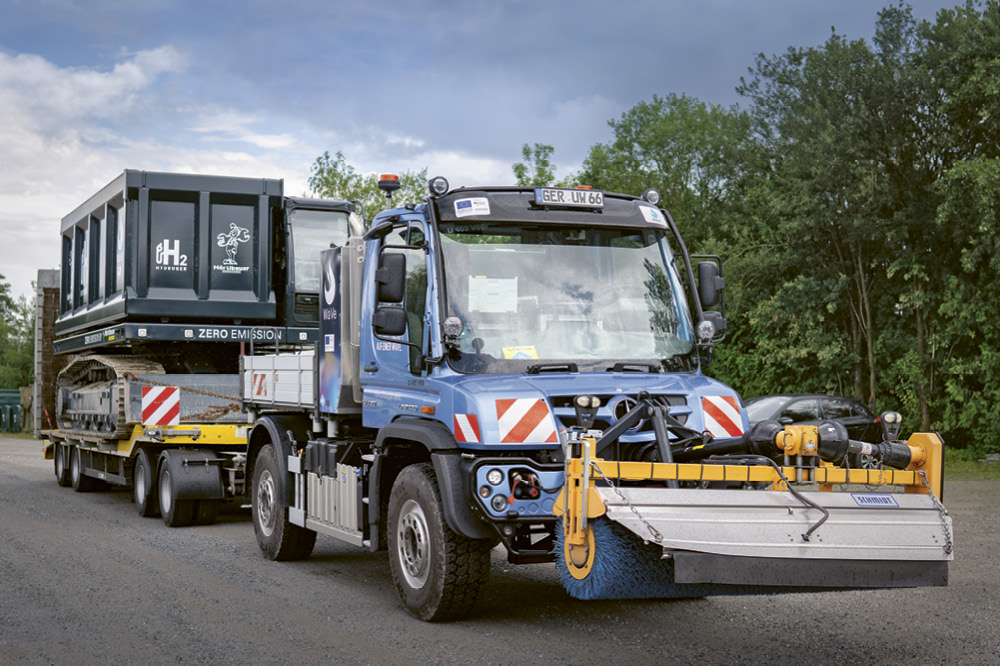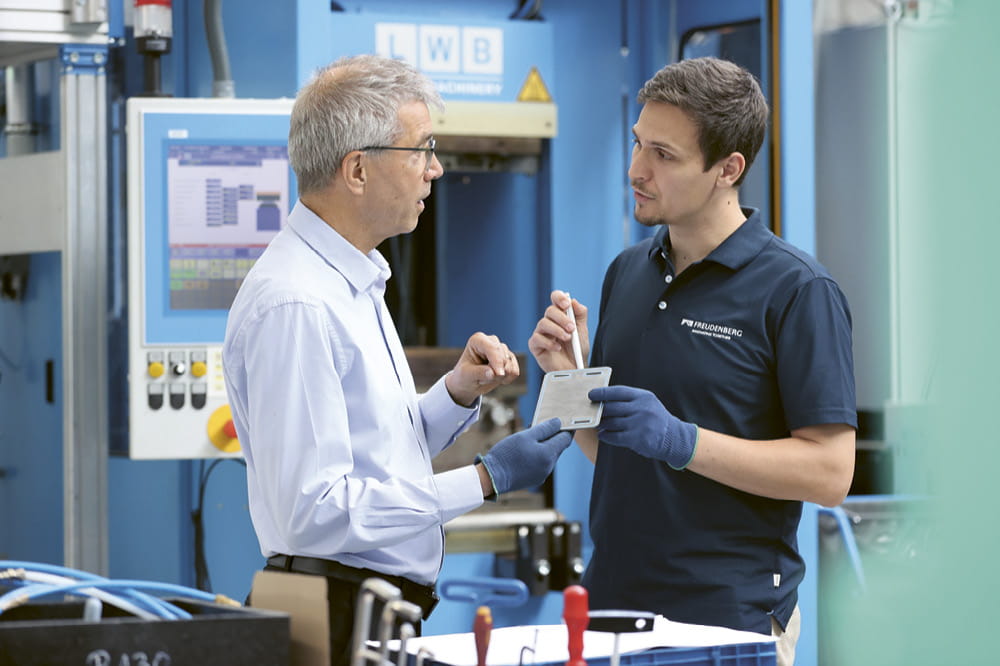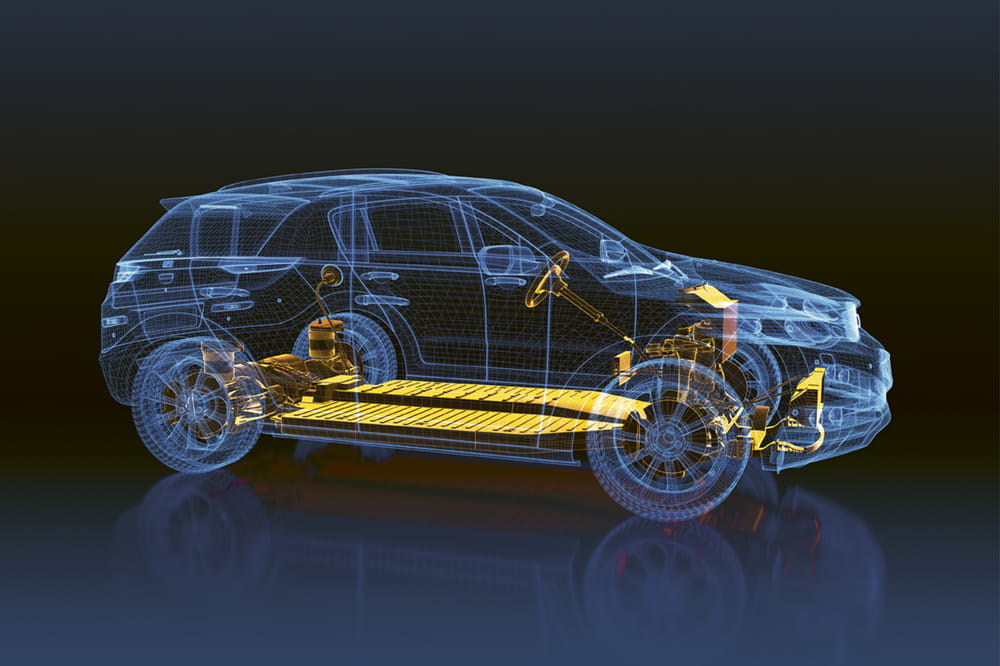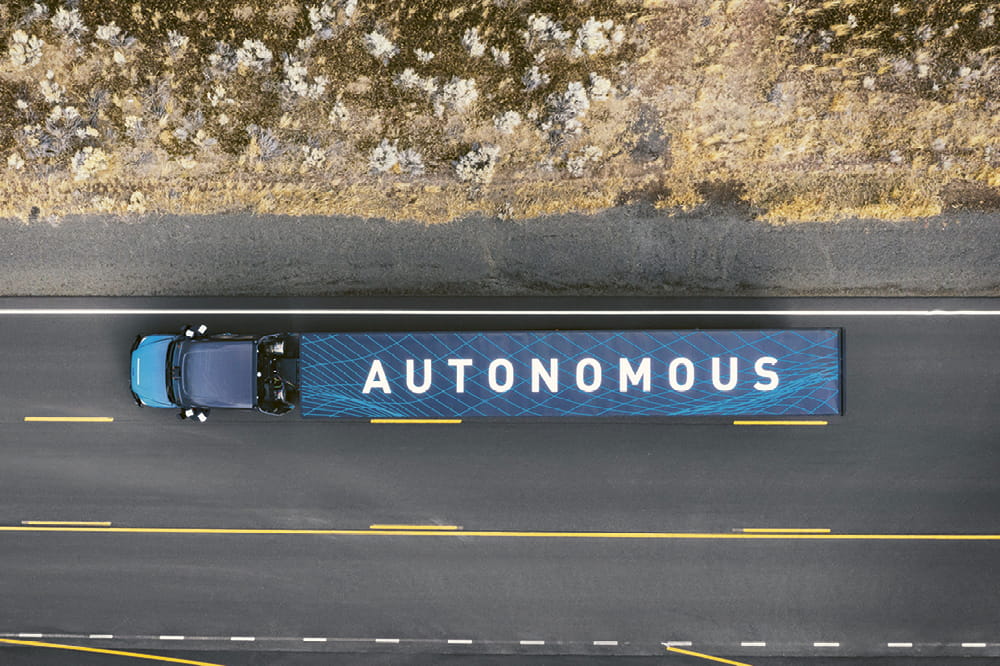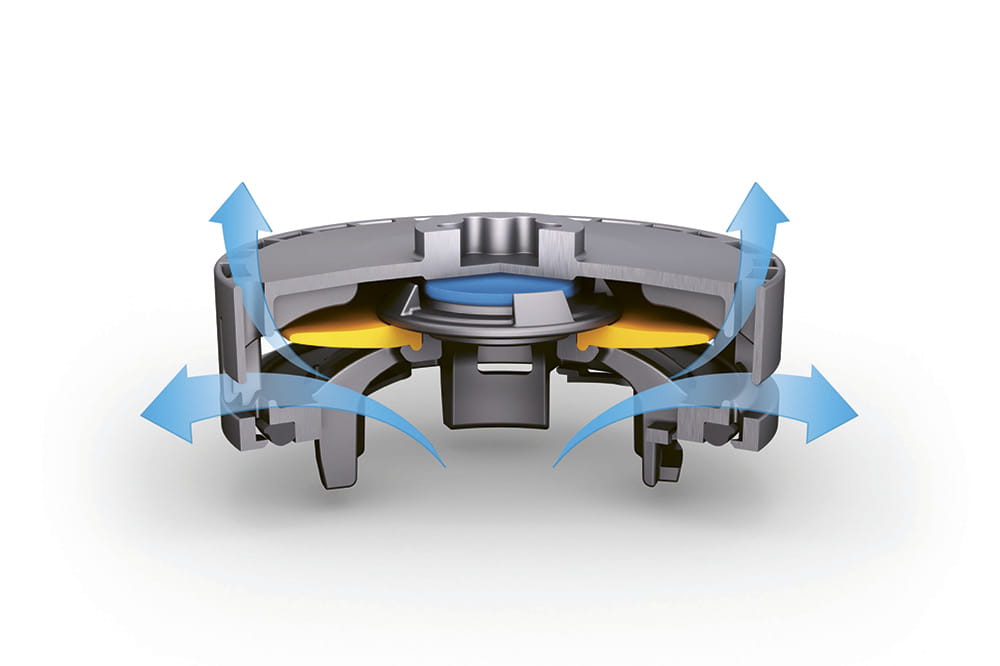Obtain news and background information about sealing technology, get in touch with innovative products – subscribe to the free e-mail newsletter.

The 38th Vienna Motor Symposium: A Greater Emphasis on Electric Mobility on the Agenda This Year
Vienna is well-known for the Hofburg and its Opera Ball, among other attractions. And the Austrian capital also exerts its special charm on auto industry experts. This happens whenever they gather at the Vienna Motor Symposium in April. Adding to the appeal, electric mobility moved into the spotlight on April 27 and 28.
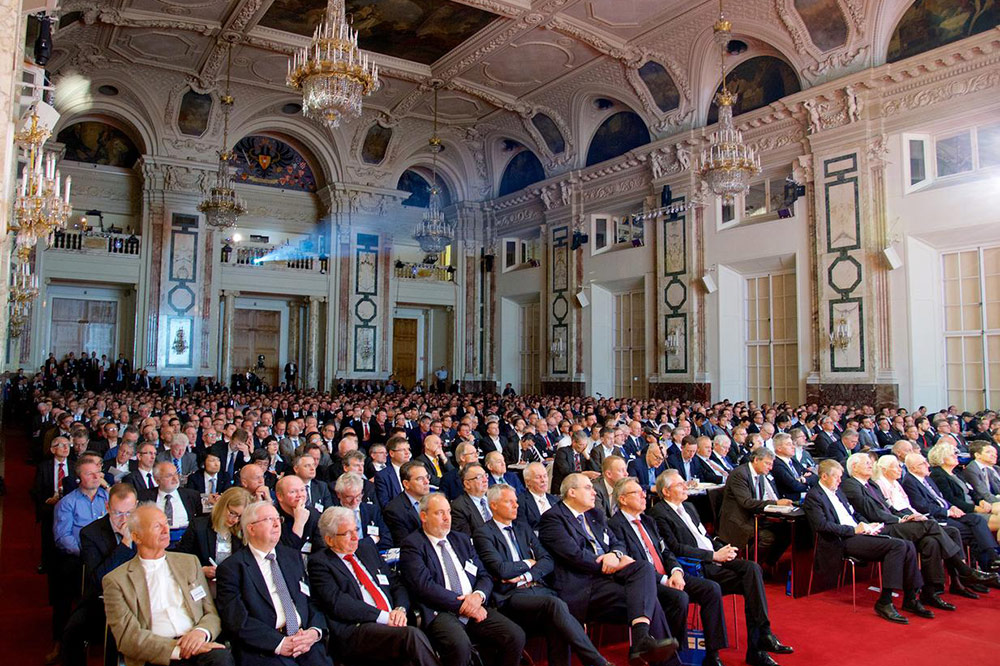
“The Vienna Motor Symposium always draws high-caliber attendees,” said Dr. Eberhard Bock, professor, doctor of engineering, and Vice President Technology & Innovation, Advanced Product Technology, at Freudenberg Sealing Technologies (FST). Key auto suppliers traditionally attend the Vienna event, joining major automakers there. The 38th edition of the symposium is no exception. “That’s why it is natural for us to be in Vienna,” Bock said. Not least of all, because the auto industry is an important sector for FST. Numerous sealing systems are found in vehicles with conventional internal combustion engines, for example.
Electric Mobility Occupies Larger Space
As in past years, conventional powertrain technology took up large swaths of space at the two-day event. “That should come as no surprise,” said Prof. Bock. “Until now, the Vienna Motor Symposium dealt almost exclusively with internal combustion engines.” Various sections of the event targeted gasoline and diesel engines, along with those fueled by natural gas. Always in attendance, representatives from the scientific community discussed their points of view with industry representatives. The program also allotted hybrid vehicles and pure electric mobility space for special focal points. “This year, the fact that electric mobility has moved relatively strongly into view for the first time is a remarkable signal at his event,” Bock said. “There is certainly no question that electric mobility will play an increasingly important role in the future. But it is still an open question as to how fast and how strongly the electric powertrain will catch on. The experts have left no doubt that the internal combustion engine will be an important cornerstone of automotive powertrain technology in the future, along with electric mobility."
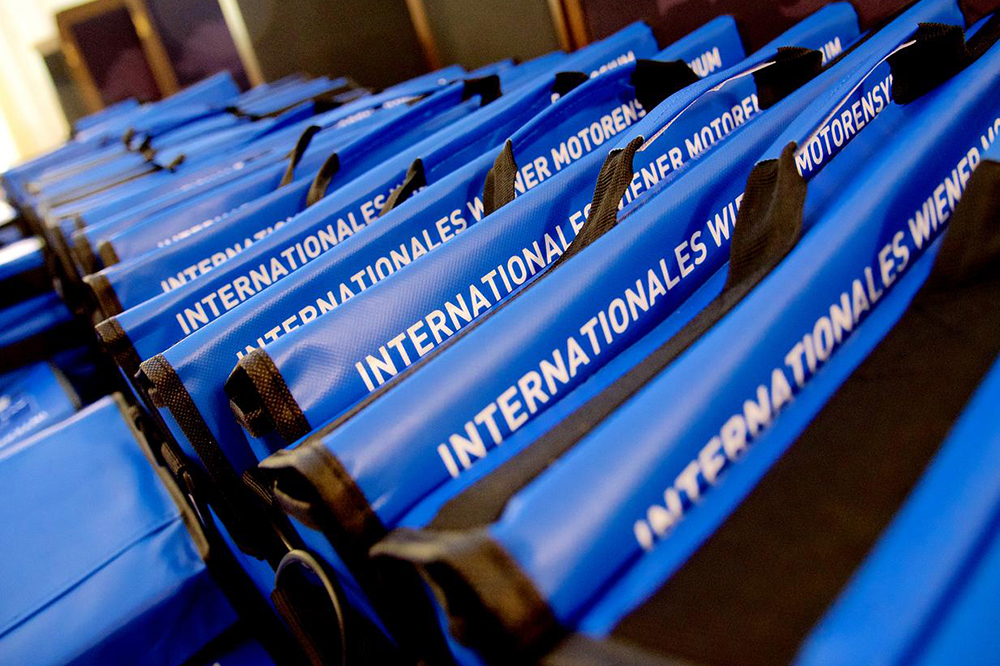
Familiar with the Needs of the Auto industry
Freudenberg Sealing Technologies has long zeroed in on a number of aspects of electric mobility. They include a specific focus on lithium-ion batteries for electric powertrains. The batteries’ energy density and charging capacity are steadily rising to enable greater ranges and faster charging. This in turn means increased demands on the safety architecture of the battery; it must be sufficiently cooled and kept water-tight at the same time. Here FST can capitalize on opportunities for thermal management or battery ventilation. For example, an element has been developed for efficient pressure equalization in batteries. It contains a special watertight nonwoven and still significantly improves air permeability. “In this case, it pays to have maintained close contact with the auto sector for a long time and to keep its problems in mind and conceptualize solutions,” Bock said. In this view, the industry gathering in Vienna offered the opportunity to cultivate existing relationships and forge new contacts.
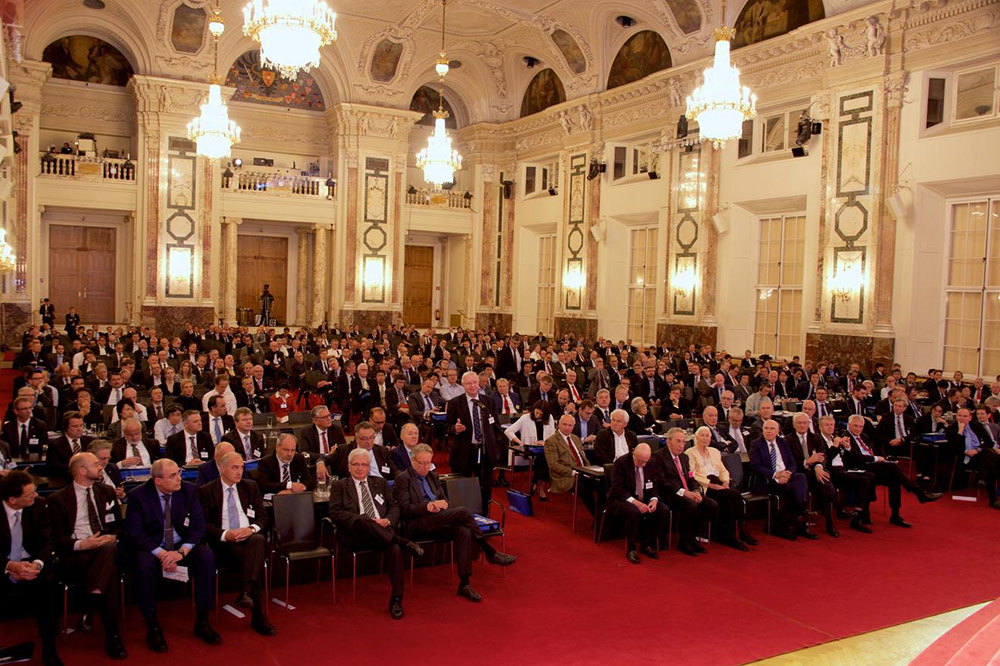
Audi Is Pursuing Approach with Synthetic Natural Gas
None of the automakers put forward groundbreaking developments in powertrain technology. But there were definitely some interesting findings. Among other advances, Bock intends to follow the progress of fuels development. “Audi’s approach is interesting in any case,” he said. In 2013, the automaker set up a facility in Werlte, Lower Saxony, where hydrogen is initially produced using renewable electric power. But Audi doesn’t merely intend to use hydrogen for fuel cells. In combination with carbon dioxide, the gas is being transformed into methane, or synthetic natural gas. Audi is making it available under the name “e-gas.”
“It will be very exciting to see how this develops further,” Bock said. “If gas engines are run on this ‘e-gas’ instead of natural gas, the propulsion qualifies as CO2-neutral and is comparable to battery-powered propulsion on the CO2 balance sheet.”
One thing is clear. The future of the automotive powertrain is now being influenced by many different factors and ideas. It is worth keeping an eye on the various types of powertrains, fuel experiments and innovations in the sector. “The Vienna Motor Symposium is once again superbly suited for this,” he said.
More Stories About E-Mobility

